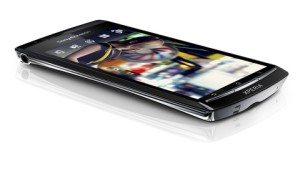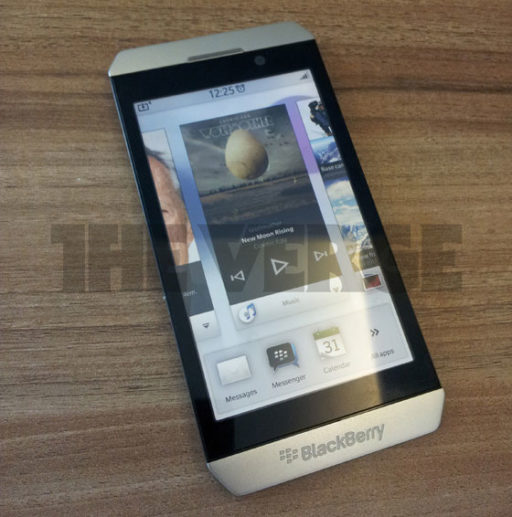The Israeli company’s subsidiary, Else Ltd. (formerly Emblaze Mobile) will cancel the phone project, but will work to license the innovative Else Intuition UI platform and technology to interested buyers.
Else Mobile’s press release, which was reproduced by Engadget, but does not appear to be posted on the Else Mobile website, explained that while “there was encouraging interest in the device by potential partners,” management could not achieve a deal with acceptable terms. In addition, “critical delays in deliveries and the current status of the project” led to the company ceasing further investment towards manufacturing the First Else.
Else Ltd. will now “concentrate efforts only on licensing the Else Intuition platform and technology in order to realize its potential upside,” continues the announcement, concluding, “This decision will drastically reduce the Company’s operational and development costs and will positively contribute to its route to profitability.”
The First Else phone was demonstrated as the Else phone last October with Japanese software firm Access at the latter’s Access Day event in Japan. The following month Emblaze Mobile announced a company name change to Else Mobile and offered new details on its renamed “First Else” phone and Else Intuition stack, which is based on Access’ ALP 3.0 stack and the LiMo spec.
The First Else prototype offered unified messaging, geo-tagging, multimedia, an RSS live-updated “newspaper,” and a thumb-oriented, fan-like touch interface called sPlay. The interface went on to garner rave reviews at the CES show this January.
If the Else Intuition stack may still have a flicker of life, the First Else phone itself is dead and buried. In its cancellation PR, the company itself admitted that the project, which began in 2007 was “ambitious.”
The company is not being modest when it says that the phone “attracted excitement and interest from potential partners, as well as the media and mobile analysts, for its unique innovation and user experience.”
Indeed, the radically different UI sparked an interesting debate as to whether phone interfaces had become too staid and imitative, or whether the increasing standardization of the iPhone and Android widget interfaces was actually a good thing.
The cancellation of the phone may have provided an early answer to that question, at least from the point of view of today’s handset vendors and carriers. Yet, the project was also killed in large part due to the continuing rise of Android and the iPhone, which together are gradually sucking the life out of other mobile operating systems.
The Android phenomenon in particular was enough to squelch Palm’s “Pre” and WebOS smartphone dreams and lead to its impending sale to HP. It is also particularly troubling for the LiMo consortium, which, after seeing Motorola abandon it for Android, was counting on the First Else buzz to drive interest in the spec. Aside from Vodafone and NTT DoCoMo, the very carriers who launched the spec have yet to follow through on promises to support it.
MeeGo may have a better shot, due to the clout of Intel and Nokia, although Intel’s impending x86 port of Android is a sign the chipmaker is hedging its bets.
Facing greater challenges than these mobile operating systems, all of which, like Android, are based on Linux, is Microsoft’s upcoming Windows Mobile successor Windows Phone 7. Perhaps already feeling the heat, Microsoft has killed its Windows CE-based Kin feature phones (pictured), as our sister publication WindowsForDevices.com reports.
So maybe Else Mobile shouldn’t feel so bad. After all, whatever fortune it has invested in the First Else is likely to be a drop in the bucket compared to what Microsoft pumped into the Kin.






![Read more about the article [IFA 2012] Xperia T, V And J Launched By Sony](https://thetechjournal.com/wp-content/uploads/2012/08/Sony-Xperia-T-512x380.jpg)
